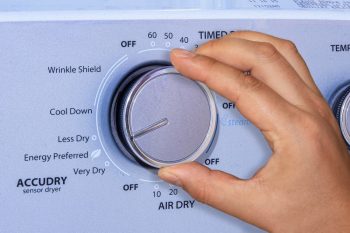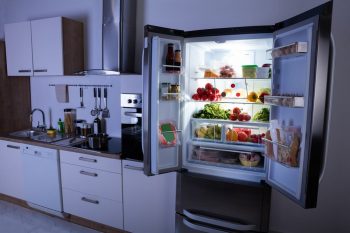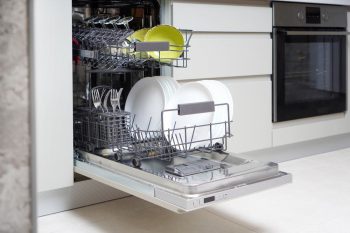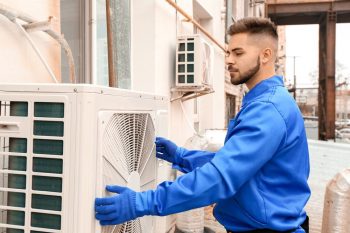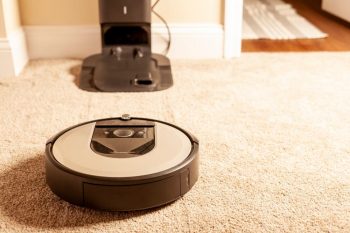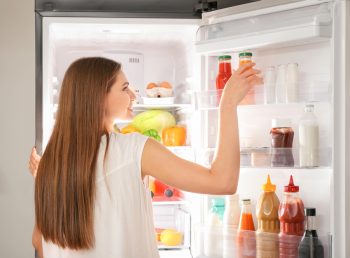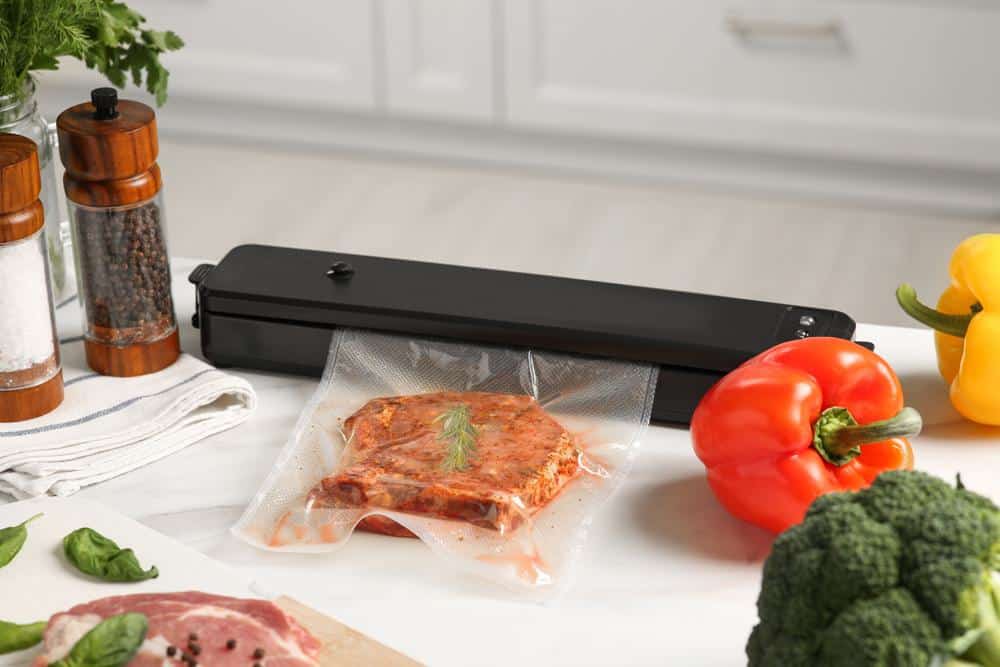
A vacuum sealer is a versatile kitchen tool that offers a myriad of benefits for both home cooks and professional chefs. But what exactly is a vacuum sealer? And how can it enhance your food preservation efforts? Let’s dive in!
A vacuum sealer is a device used for preserving food by removing air from a plastic bag or container, creating an airtight seal. This seal prevents the growth of bacteria and mold, thus extending the food’s shelf life, maintaining its flavor, texture, and nutritional content. There are different types of vacuum sealers, including chamber, external, and handheld sealers, each suitable for different needs and budgets.
Understanding Vacuum Sealers
A vacuum sealer is a device that removes air from a plastic bag or container containing food, thus creating an airtight seal. This seal prevents the growth of bacteria, mold, and fungi, which are responsible for food spoilage. Vacuum sealing helps maintain the color, flavor, texture, and nutrient content of the food, making it an excellent tool for preserving a wide range of food items.
Types of Vacuum Sealers
There are three main types of vacuum sealers on the market:
- Chamber Vacuum Sealers: These are commercial-grade sealers perfect for high-volume sealing. They work by removing air from both the chamber and the bag, creating a uniform pressure that allows for effective sealing.
- External Vacuum Sealers: These are commonly used in home kitchens. They work by sucking the air out of the bag, then sealing the open end of the bag.
- Handheld Vacuum Sealers: These are compact sealers that are best for small-scale tasks. They work by extracting air through valves in specially designed bags.
Each type has its pros and cons, so it’s essential to consider your specific needs and budget before making a decision.
Key Benefits of Using a Vacuum Sealer
Vacuum sealing offers multiple benefits, including:
- Longer shelf life: Vacuum sealing can extend the shelf life of food up to five times longer than traditional storage methods.
- Protection from freezer burn: By creating an airtight seal, vacuum sealing prevents freezer burn, which results from exposure to air.
- Cost savings: Vacuum sealing allows you to buy in bulk, reduce waste, and save money in the long run.
- Better taste: Vacuum sealing preserves the moisture, juices, and flavor of the food, resulting in better taste.
- Space-saving: Vacuum-sealed items are easier to organize and store.
Vacuum Sealing and Food Preservation
Vacuum sealing improves food preservation by inhibiting the growth of bacteria and mold. It does this by creating an oxygen-free environment, as oxygen is required for these microorganisms to thrive. This method can extend the shelf life of food up to 5 times longer than traditional storage methods.
However, it’s important to note that vacuum sealing does not replace the need for proper food handling and hygiene. Certain bacteria can still grow in low-oxygen environments, so you must still take care to store vacuum-sealed food at the correct temperature.
Choosing the Right Vacuum Sealer
When buying a vacuum sealer, consider your intended use, the types of foods you’ll be sealing, and your budget. Check the seal strength and durability, additional features, and bag compatibility. Make sure to read reviews and check for warranty information to ensure you’re getting a reliable product.
Maintaining Your Vacuum Sealer
Proper maintenance is crucial to keeping your vacuum sealer in good working condition. Regularly clean the vacuum chamber, check the seal gasket, and replace worn or damaged parts. Always use high-quality vacuum seal bags to ensure optimal performance.
The Downside of Vacuum Sealing
Despite its many benefits, vacuum sealing does have some limitations. For example, it’s not suitable for all food types, and there’s a risk of anaerobic bacteria growth. However, by understanding these limitations and using the vacuum sealer correctly, you can safely enjoy the benefits of this handy tool.
In conclusion, a vacuum sealer is an efficient and effective method for preserving food, extending its shelf life, and maintaining its flavor and nutritional content. Whether you’re a home cook looking to reduce food waste or a professional chef seeking to enhance your kitchen’s efficiency, a vacuum sealer can be a valuable addition to your culinary arsenal.
Frequently Asked Questions
Can you vacuum seal liquids?
Yes, you can vacuum seal liquids, but it’s a bit more complicated than sealing solid foods. For external vacuum sealers, it’s best to freeze the liquid first before sealing to prevent it from being sucked into the vacuum pump. Chamber vacuum sealers, on the other hand, can seal liquids directly as they create equal pressure inside and outside the bag, preventing the liquid from boiling and being sucked out.
Can vacuum-sealed foods be reheated in the bag?
Yes, but only if the vacuum seal bag is designed for it. Some vacuum seal bags are microwave-safe or suitable for sous vide cooking. Always check the manufacturer’s instructions before reheating food in the bag.
How long does vacuum-sealed food last in the fridge?
The shelf life of vacuum-sealed food in the fridge varies depending on the type of food. In general, vacuum-sealed cooked or raw meat can last up to 2-3 weeks in the fridge, while vacuum-sealed vegetables can last up to 1-2 weeks. Always check the food for signs of spoilage before consuming.
Can I reuse vacuum seal bags?
It depends on what was previously in the bag. If the bag contained raw meat, fish, or dairy products, it’s best not to reuse it due to potential bacterial contamination. If it contained dry goods or vegetables, you can wash, dry, and reuse the bag, provided it’s not damaged.
Does vacuum sealing kill bacteria?
No, vacuum sealing does not kill bacteria. It simply creates an environment that slows down the growth of bacteria, mold, and fungi. To kill bacteria, you still need to cook the food to the appropriate temperature.

